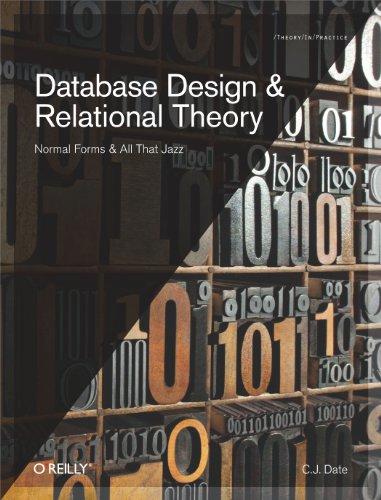Question
In this exercise, we look at how software techniques can extract instruction-level parallelism (ILP) in a common vector loop. The following loop is the so-called
In this exercise, we look at how software techniques can extract instruction-level parallelism (ILP) in a common vector loop. The following loop is the so-called DAXPY loop (double-precision aX plus Y) and is the central operation in Gaussian elimination. The following code implements the DAXPY operation, Y = aX + Y, for a vector of length 100. Initially, R1, is set to the base address of array X and R2 is set to the base address of array Y. Also, the value for a is saved in register F0.
addi x4,x1,#800 : x1 = upper bound for X foo: fld F2,0(x1) : (F2) = X(i) fmul.d F4,F2,F0 : (F4) = a * X(i) fld F6,0(x2) : (F6) = Y(i) fadd.d F6,F4,F6 : (F6) = a*X(i) + Y(i) fsd F6,0(x2) : Y(i) = (F6) addi x1,x1,#8 : increment X index addi x2,x2,#8 : increment Y index sltu x3,x1,x4 : test: continue loop? bnez x3,foo : loop if needed
Assume the functional unit latencies as shown in the following table. Assume a one-cycle delayed branch that resolves in the ID stage. Assume that results are fully bypassed.
| Instruction Producing Result | Instruction Using Result | Latency in Clock Cycles |
| FP Multiply | FP ALU OP | 6 |
| FP Add | FP ALU OP | 4 |
| FP Multiply | FP Store | 5 |
| FP Add | FP Store | 4 |
| Integer operations and all loads | Any | 2 |
(A) Assume a single-issue pipeline. Show how the loop would look both unscheduled by the compiler and after compiler scheduling for both floating-point operation and branch delays, including any stalls or idle clock cycles. What is the execution time (in cycles) per element of the result vector (i.e., every iteration). How much faster must the clock be for processor hardware alone to match the performance improvement achieved by the scheduling compiler. (Neglect any possible effects of increased clock speed on memory system performance.
(b) Assume a single-issue pipeline. Unroll the loop as many times as needed to schedule it without any stalls, collapsing the loop overhead instructions. How many times does the loop need to be unrolled? Show the instruction schedule.What is the execution time per element of the result (here, this means how many cycles does it take to process a single array element, not an entire iteration, which will be larger).
Step by Step Solution
There are 3 Steps involved in it
Step: 1

Get Instant Access to Expert-Tailored Solutions
See step-by-step solutions with expert insights and AI powered tools for academic success
Step: 2

Step: 3

Ace Your Homework with AI
Get the answers you need in no time with our AI-driven, step-by-step assistance
Get Started


